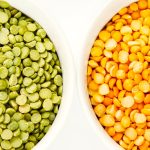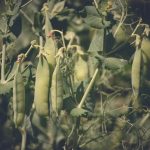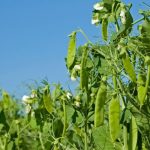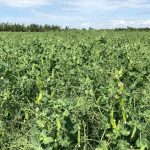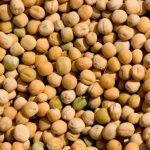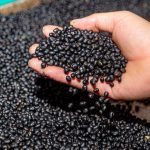MarketsFarm — As expected, Agriculture and Agri-Food Canada (AAFC) avoided making any major revisions to its November supply and demand estimates, waiting until Statistics Canada issues its next production report on Dec. 2. AAFC released its latest monthly report late Friday afternoon. While AAFC tweaked its November supply and demand estimates from October, most of




